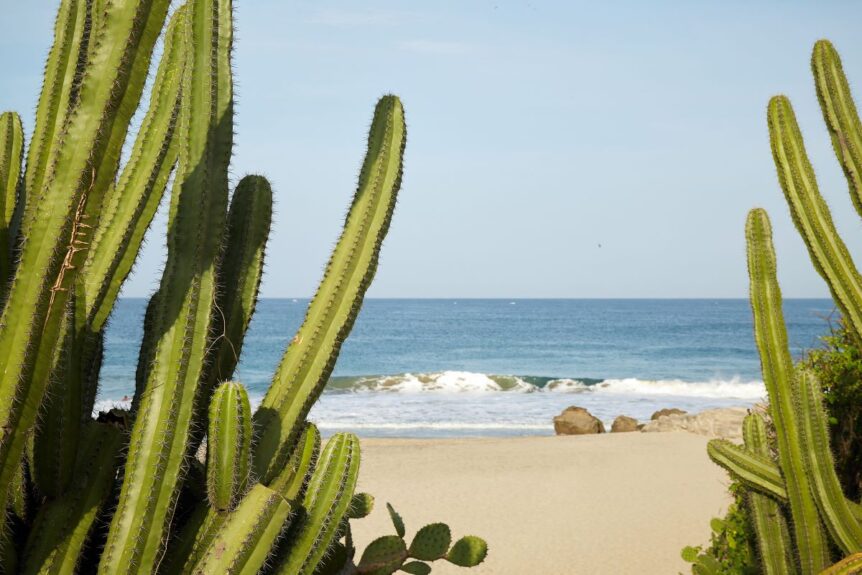“The climate emergency” has been blamed for this extinction – so how much longer will we ignore the issue?
The What Plant?
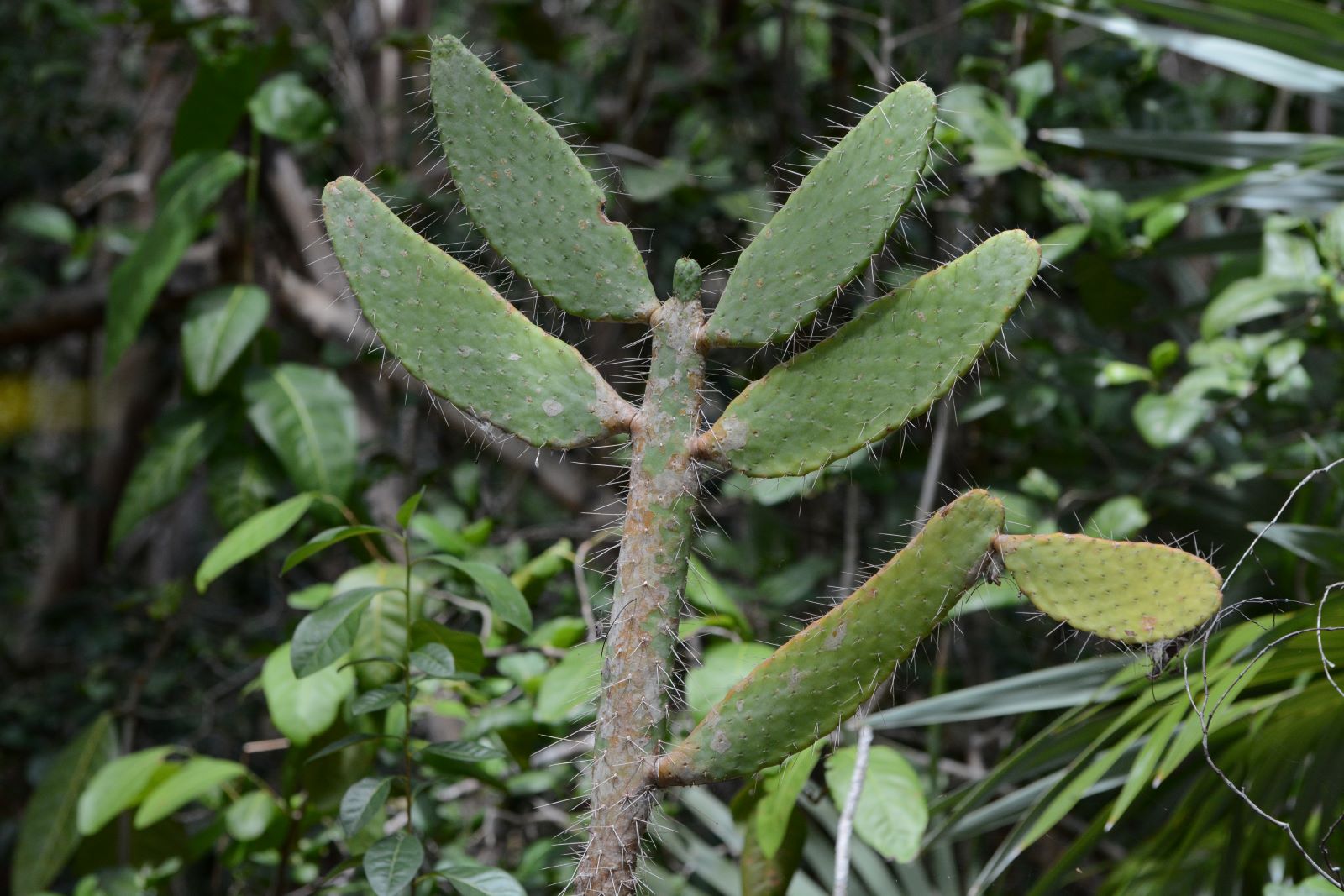
Image Credit: Shutterstock / David Jeffrey Ringer
If you’ve never heard of the Key Largo tree cactus (Pilosocereus millspaughii), chances are it will stay that way as, according to researchers from the Fairchild Tropical Botanic Garden and the Florida Museum of Natural History, this plant has officially become Florida’s first species to go extinct due to climate change.
Back in the 90s

Image Credit: Shutterstock / Treerat Wongvorapat
Since it was first discovered in 1992, the entire Key Largo tree cactus population in the US consisted of just one stand found in the Florida Keys.
A Huge Drop

Image Credit: Shutterstock / Parilov
By 2021, a once-thriving population of about 150 stems had dropped to only six unhealthy fragments. These were transported to be cultivated at another safer location to help them survive.
Not a Good Sign

Image Credit: Shutterstock / fizkes
Jennifer Possley, lead author of the study and Fairchild Tropical Botanic Garden’s director of regional conservation, said in a press release: “Unfortunately, the Key Largo tree cactus may be a bellwether for how other low-lying coastal plants will respond to climate change”.
A Unique Species
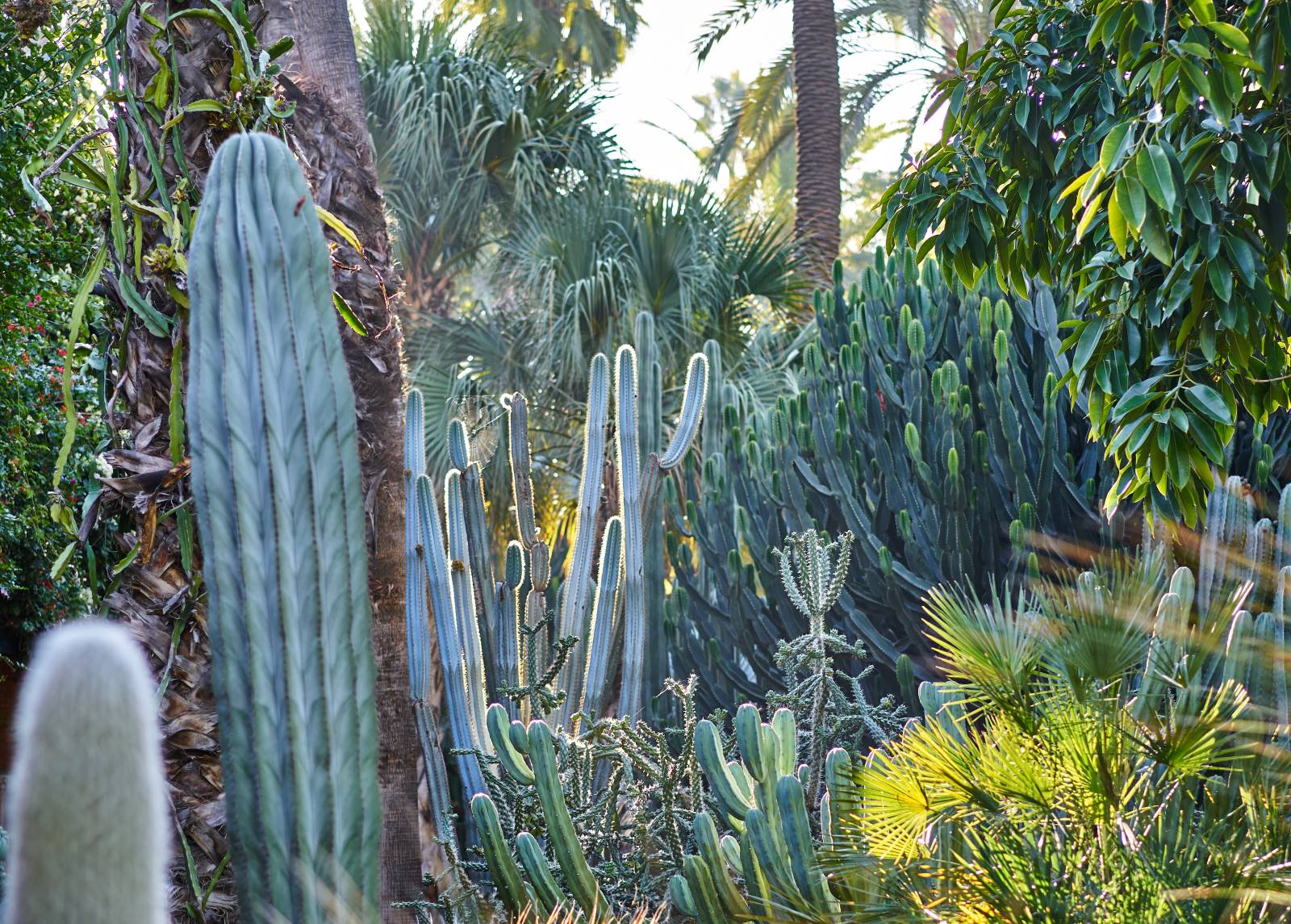
Image Credit: Shutterstock / yalcins
When originally discovered, it was thought that the Florida Keys’ Key Largo population was part of the Key tree cactus (Pilosocereus robinii), an endangered species found elsewhere in the Keys.
Similarities…
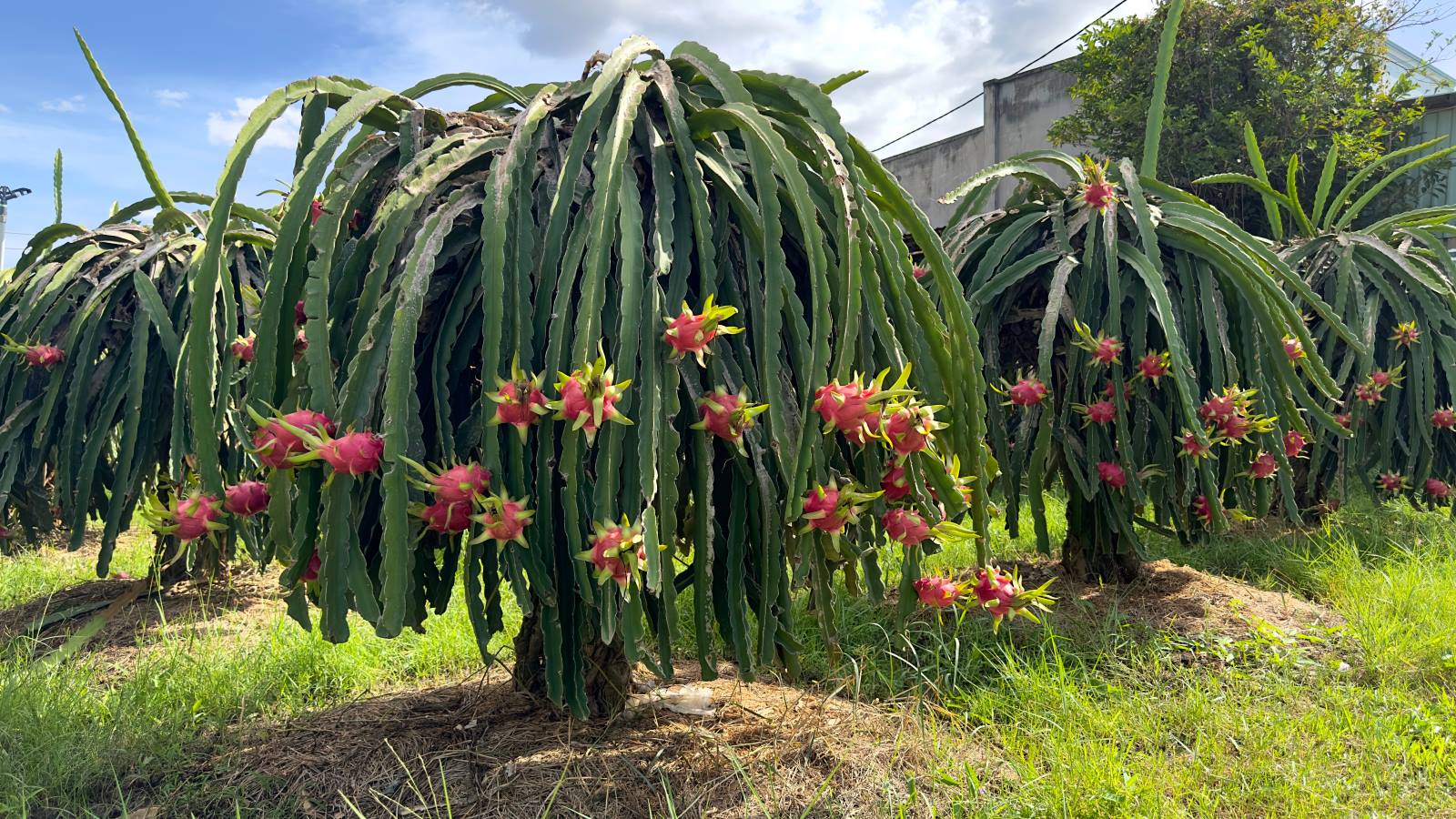
Image Credit: Shutterstock / EugeneEdge
Both cacti have stems that can exceed 20 feet in length, garlic-scented flowers that reflect moonlight, plus red and purple fruits eaten by birds and mammals.
… and Differences
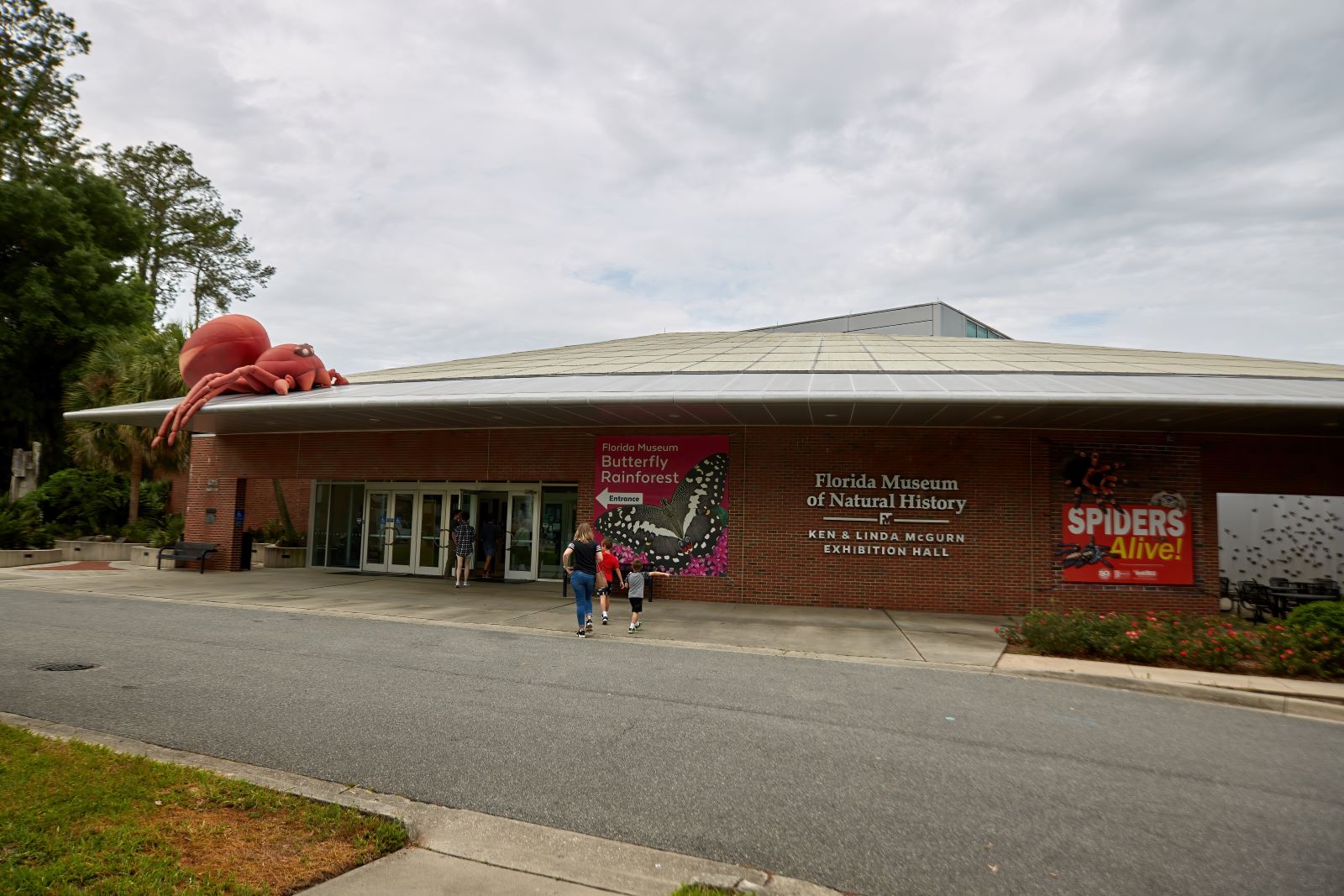
Image Credit: Shutterstock / YES Market Media
But Alan Franck, Florida Museum of Natural History’s herbarium collection manager, also noticed numerous differences between the two.
“The most striking difference is the tuft of long, woolly hairs at the base of the flowers and fruits,” Franck said in the press release.
Fighting to Grow

Image Credit: Shutterstock / fizkes
The Key Largo tree cactus had various elements threatening its survival, including local animals looking for food and fresh water amid the increasingly barren, salt-saturated soil.
Eaten by What?

Image Credit: Shutterstock / CardIrin
But since 2015, researchers haven’t been able to name the guilty, cacti-ravaging culprits, even after months of examining mysterious teeth marks on the plants and wildlife camera footage.
Blame the Salt

Image Credit: Shutterstock / Ground Picture
Research botanist, James Lange, who worked on the new study, said: “We noticed the first big problem in 2015, seeing saltwater flooding from king tides in the area”.
Thirsty Critters
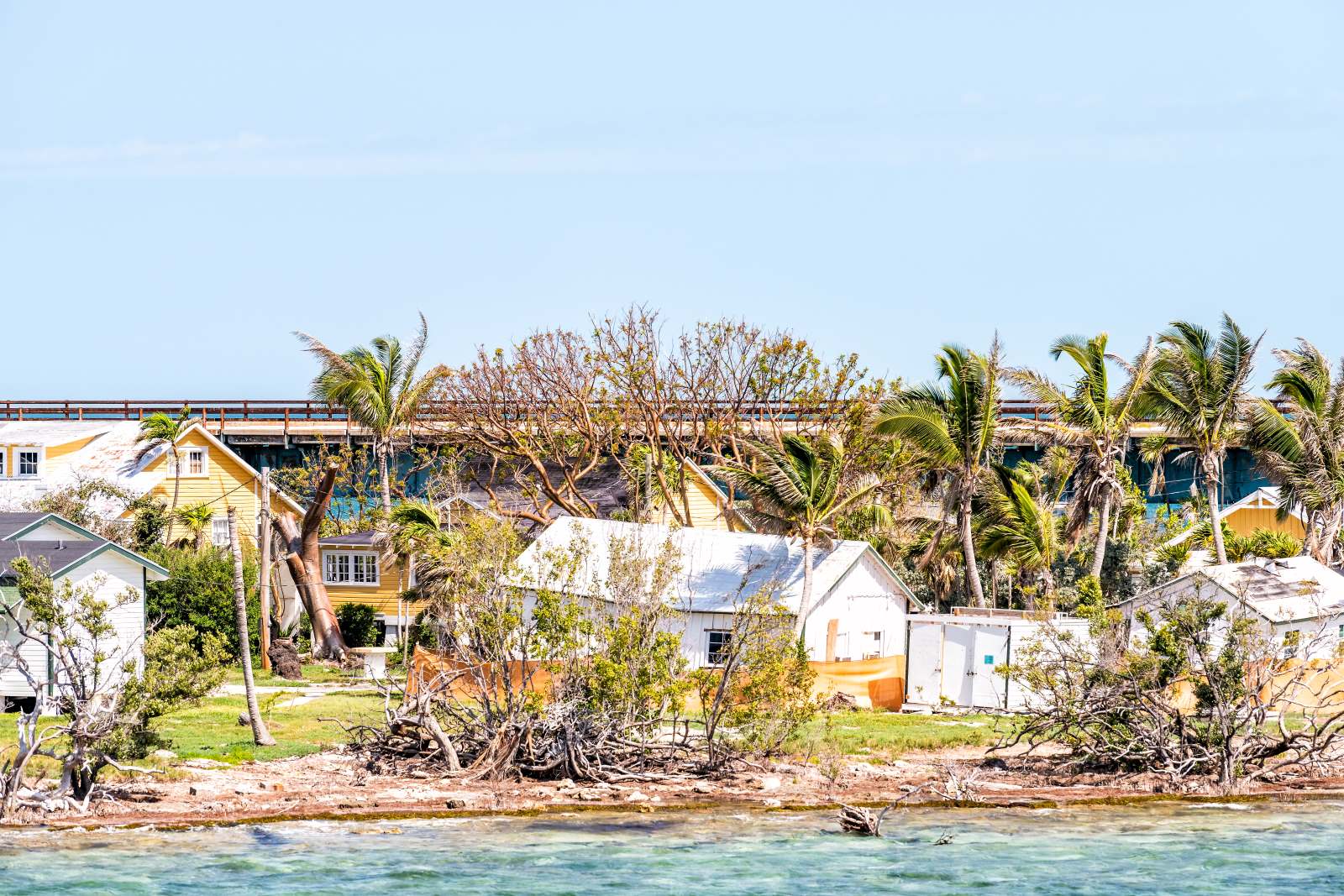
Image Credit: Shutterstock / Andriy Blokhin
Rising seas and Category 5 storms, like Hurricane Beryl, “limits the amount of freshwater available to small mammals,” according to Lange, “and might be related to why the herbivores targeted this cactus”.
Less and Less

Image Credit: Shutterstock / fizkes
By 2017, “roughly another 50 percent of the population” had been wiped out by this predatory behavior.
By 2019, Franck confirmed that the Key Largo population was the only known species in the US.
Too Late

Image Credit: Shutterstock / ITSUKY
That was when the researchers decided to replant the remaining green material in greenhouses or controlled outdoor settings, although no living specimens remain in the US today.
About That Sea View
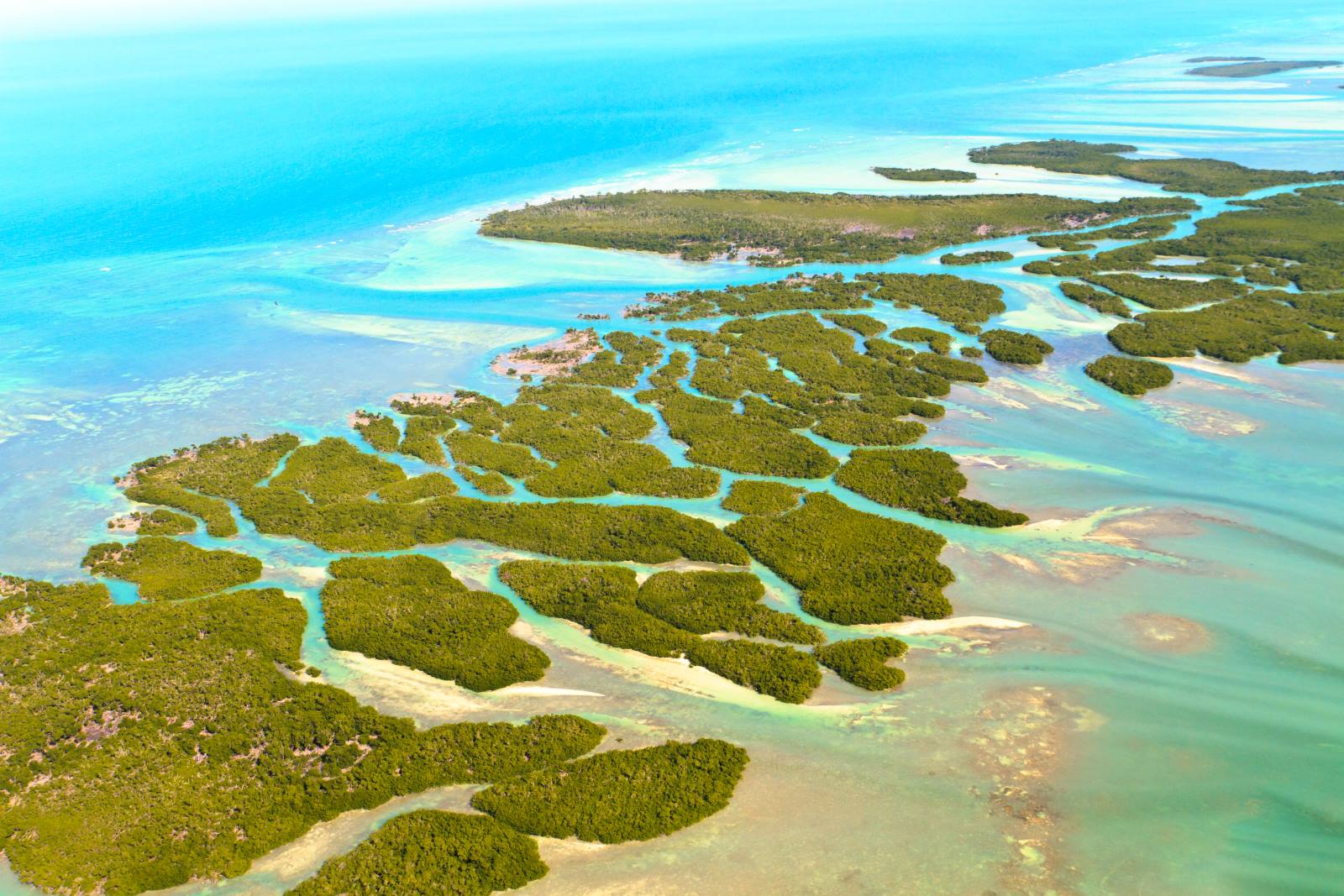
Image Credit: Shutterstock / ITSUKY
But it wasn’t just dehydrated animal predators that quickened the end of these cacti. Nearly every acre of the Florida Keys islands (90%) sits a mere five feet above sea level.
And researchers are not shy to suggest that the entire island chain is at risk of disappearing by 2100.
Salt in the Soil

Image Credit: Shutterstock / Gorodenkoff
In addition, saltwater content in the soil and violent hurricane-force winds have also inflicted serious damage to the local ecosystem.
According to studies led by the Fairchild Botanic Garden which started in 2007, salt levels around the dying cacti were found to be higher in the soil beneath dying Key Largo tree cacti.
Climate Killing Cacti

Image Credit: Shutterstock / Drew McArthur
As per a statement from the Florida Museum of Natural History, which assisted in the new study, “The climate emergency has killed off the Key Largo tree cactus growing naturally in the US through saltwater inundation and soil depletion from hurricanes”.
And Outside North America?

Image Credit: Shutterstock / Salivanchuk Semen
Still, there are some growing in a few locations in the Bahamas and Cuba.
And although they face the same threats as in Key Largo, they also enjoy advantages that the others didn’t – like growing at a higher elevation, which ensures added protection, according to George Gann, executive director of the Institute for Regional Conservation.
Florida Going Down?

Image Credit: Shutterstock / Dennis MacDonald
As stated by the National Oceanographic and Atmospheric Administration (NOAA), low-lying South Florida is particularly susceptible to rising sea levels driven by warmer temperatures that cause ocean water to expand, melting land-based glaciers and ice sheets.
Worried for the Future
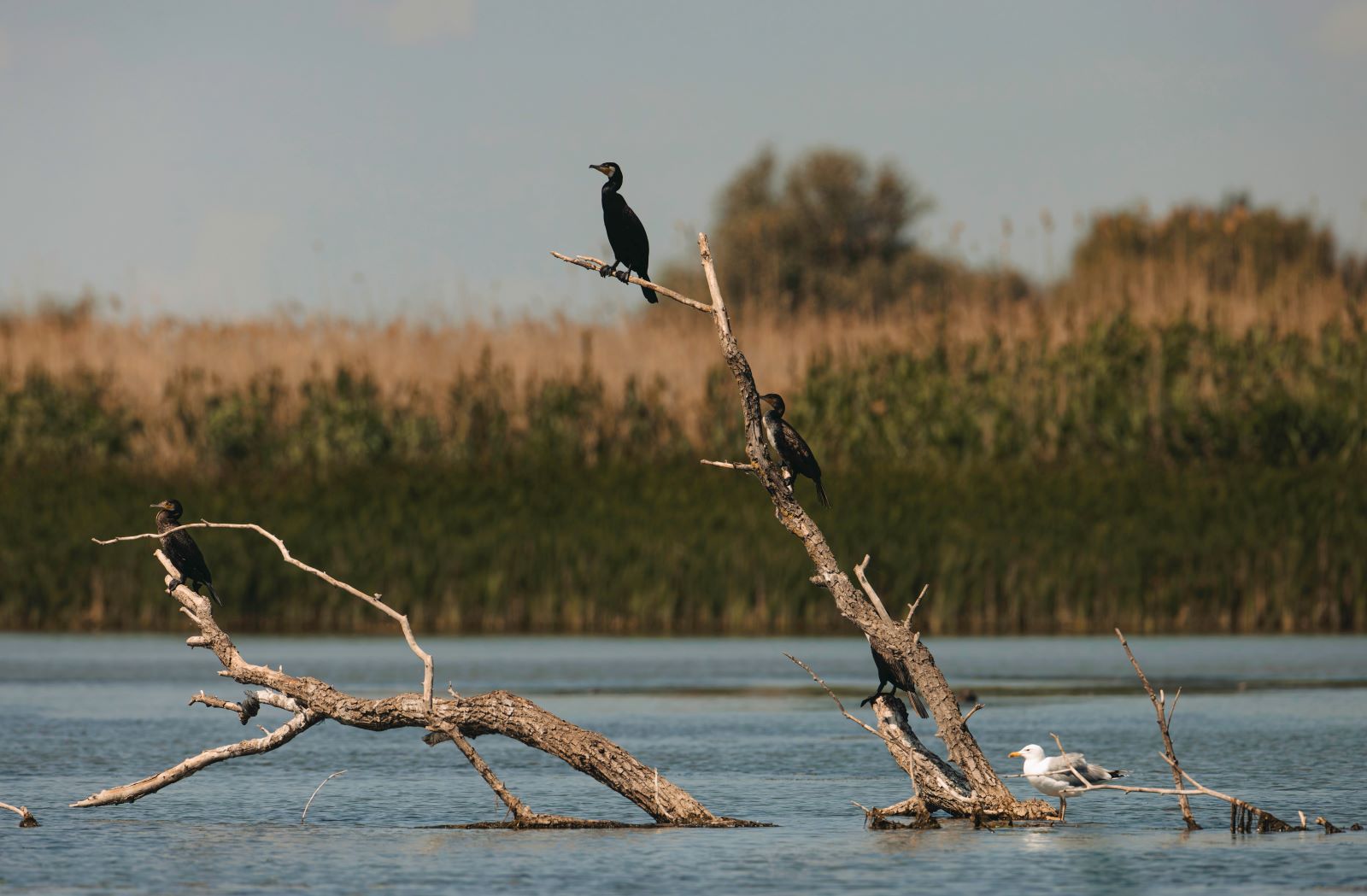
Image Credit: Shutterstock / MAD.vertise
What does this mean for all the plants currently fighting for survival in a changing world?
According to Lange: “Ecosystems are changing, through both human and natural means, and that’s expected to increase”.
Damage is Done
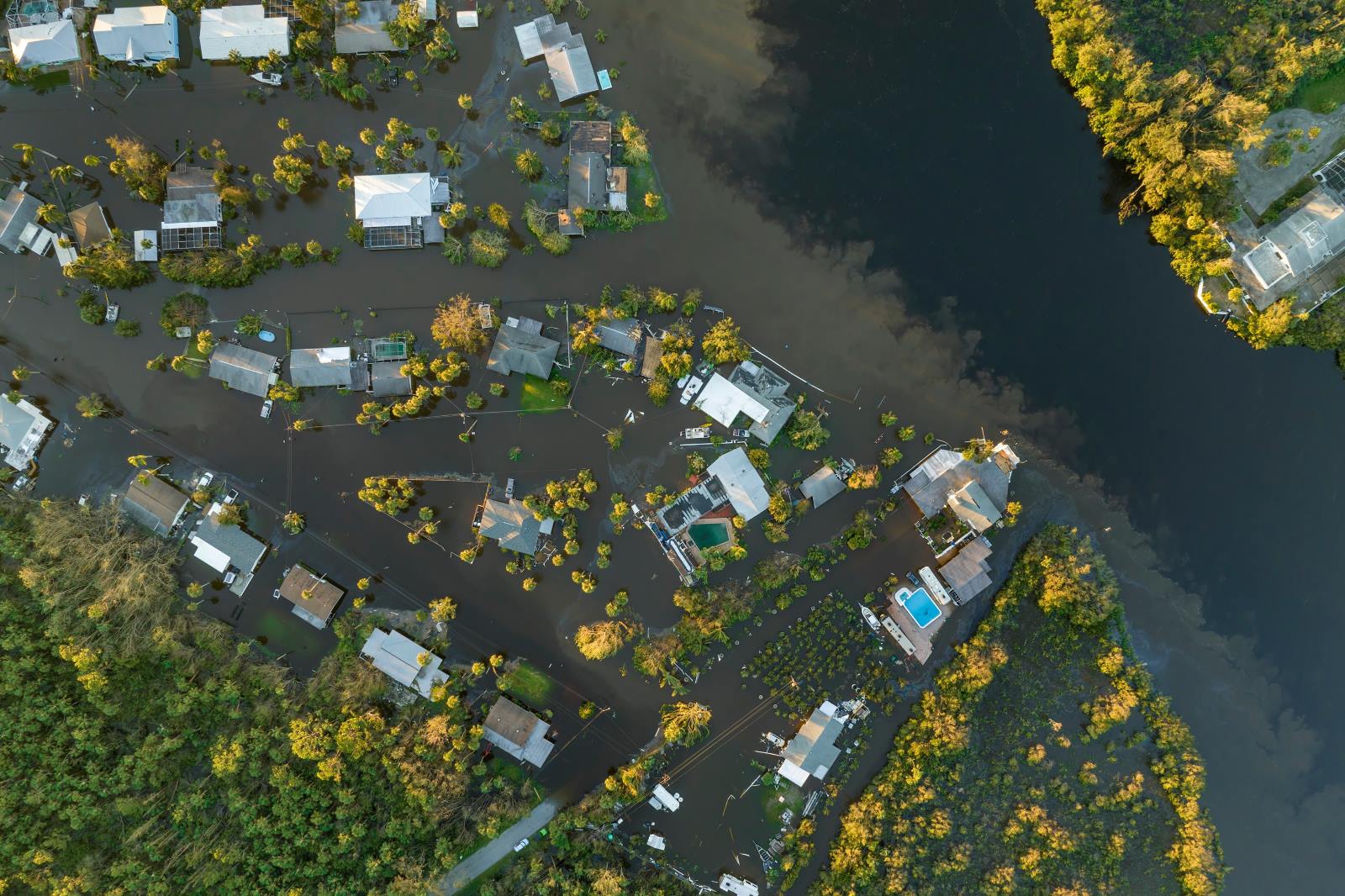
Image Credit: Shutterstock / Bilanol
Gann also added that loss of habitat is the single-most important driver of biodiversity loss, and it’s likely that other rare plants also went extinct before anyone started noticing.
He continued by saying that, unlike these cacti, some plant species native to the Florida Keys can’t be moved without impacting something else, which means there will be “some unavoidable loss”.
Oil Dumping Scandal Rocks Ships Heading to New Orleans

Image Credit: Shutterstock / Aerial-motion
Two shipping companies have been fined after knowingly hiding a large oil spill in the Atlantic Ocean. Oil Dumping Scandal Rocks Ships Heading to New Orleans
20 Eye-Opening Realities Facing Retiring Baby Boomers

Image Credit: Shutterstock / Jack Frog
As Baby Boomers approach retirement, the promise of leisure and security often seems unattainable. This generation faces unique challenges that could redefine retirement. Here’s a stark look at the realities shaping their outlook. 20 Eye-Opening Realities Facing Retiring Baby Boomers
Retail Apocalypse: Massive Closures Sweep Across U.S. Brands

Image Credit: Shutterstock / Tada Images
Stores across the U.S. are closing at unprecedented levels, according to new research from advisory firm Coresight Research. Read on for more information about the impact this could have on you and your communities. Retail Apocalypse: Massive Closures Sweep Across U.S. Brands
Featured Image Credit: Shutterstock / Santiago Castillo Chomel.

